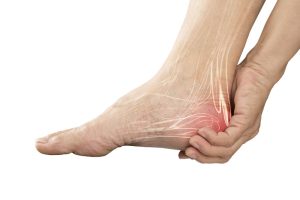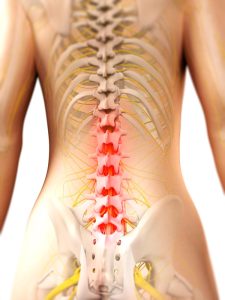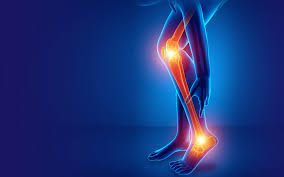
Numbness and causes. As persistent or repeated numbness may be a sign of an underlying medical condition that needs to be evaluated and treated, it is imperative that you seek medical advice. Depending on the underlying reason, treatment options may include medication, physical therapy, lifestyle changes, addressing the underlying illness, or other interventions to reduce symptoms and enhance general health. For those impacted, early detection and action can maximize results and help avoid complications.
NUMBNESS AND CAUSES
Damage, inflammation, or pressure on nerves can result in numbness by interfering with the signals that are transmitted to the brain. Common causes include injuries like a herniated disk, illnesses including diabetes, multiple sclerosis, and strokes, as well as nerve compression from prolonged sitting or standing. Numbness can also result from infections, some drugs, toxins, and nutritional deficiencies such as low vitamin B12.

NUMBNESS AND CAUSES
Compression or pressure on nerves can cause numbness in the affected area. This can occur due to prolonged pressure on nerves from sitting or sleeping in a certain position, wearing tight clothing or accessories, or using tools or instruments that put pressure on specific nerves.
2. Peripheral Neuropathy:
Peripheral neuropathy refers to damage or dysfunction of the peripheral nerves, often resulting in numbness, tingling, or weakness in the hands, feet, or other parts of the body. Diabetes, vitamin deficiencies (such as vitamin B12 deficiency), infections, autoimmune disorders, and certain medications are common causes of peripheral neuropathy.
3. Nerve Entrapment:

NUMBNESS AND CAUSES
Nerve entrapment occurs when a nerve becomes trapped or compressed as it passes through narrow anatomical structures or tight spaces. Conditions such as carpal tunnel syndrome (compression of the median nerve in the wrist), ulnar nerve entrapment (compression of the ulnar nerve at the elbow), and sciatica (compression of the sciatic nerve in the lower back) can cause numbness in the affected nerve distribution.
4. Injuries or Trauma:
Injuries or trauma to nerves, muscles, or blood vessels can disrupt normal sensation and lead to numbness in the affected area. This can occur as a result of falls, fractures, crush injuries, sports-related injuries, or accidents.
5. Poor Circulation:

NUMBNESS AND CAUSES
Reduced blood flow to a specific area of the body can cause numbness, tingling, or coldness in the affected limb or extremity. Poor circulation may be caused by conditions such as peripheral artery disease, atherosclerosis, blood clots, or vasospasm.
6. Infections and Inflammatory Conditions:
Infections, inflammation, or autoimmune disorders affecting the nerves or surrounding tissues can result in numbness or sensory disturbances. Conditions such as Guillain-Barré syndrome, Lyme disease, shingles (herpes zoster), and multiple sclerosis can cause numbness as part of their symptomatology.
7. Metabolic Disorders:

NUMBNESS AND CAUSES
Metabolic disorders such as hypothyroidism (underactive thyroid), kidney disease, liver disease, and electrolyte imbalances can disrupt nerve function and lead to it or tingling sensations.
8. Toxic Exposure:
Exposure to toxins, chemicals, or environmental pollutants can damage nerves and lead to numbness or peripheral neuropathy. Examples include exposure to heavy metals (such as lead or mercury), industrial chemicals, pesticides, or certain medications.
9. Vascular Disorders:

Vascular disorders affecting blood vessels supplying the nerves or surrounding tissues can cause numbness as a result of reduced blood flow. Conditions such as Raynaud’s disease, vasculitis, or thromboangiitis obliterans (Buerger’s disease) can lead to numbness, particularly in the fingers or toes.
10. Psychological Factors:

Psychological factors such as stress, anxiety, or panic attacks can manifest as physical symptoms, including numbness or tingling sensations. Hyperventilation or rapid breathing during periods of stress can lead to temporary changes in blood chemistry, resulting in numbness or tingling in the hands, feet, or around the mouth.
Summary
If you have numbness that doesn’t go away or comes and goes, you should see a doctor since it could be a sign of a serious illness that needs to be assessed and treated. The underlying ailment, lifestyle changes, physical therapy, medication, and other interventions to reduce symptoms and enhance general health may all be part of the treatment, depending on what caused it. For those who are impacted, early detection and action can help minimize difficulties and improve results.